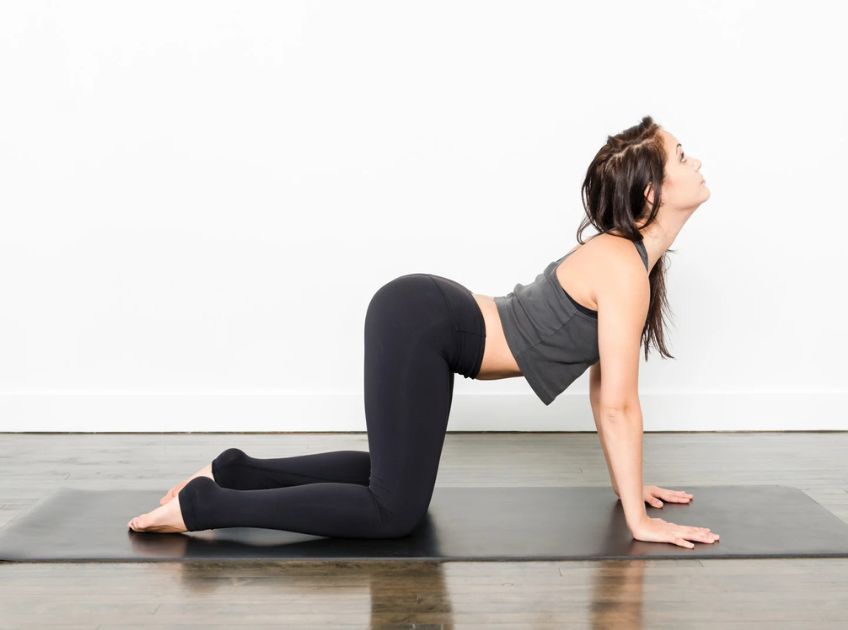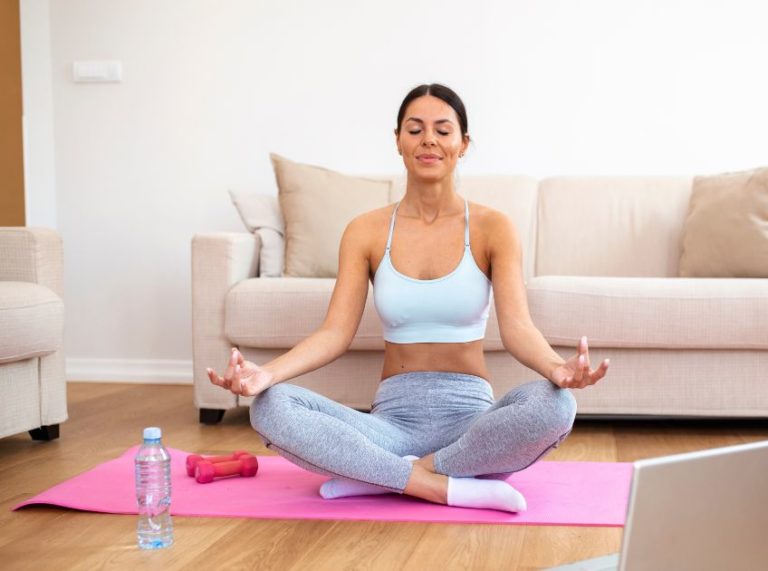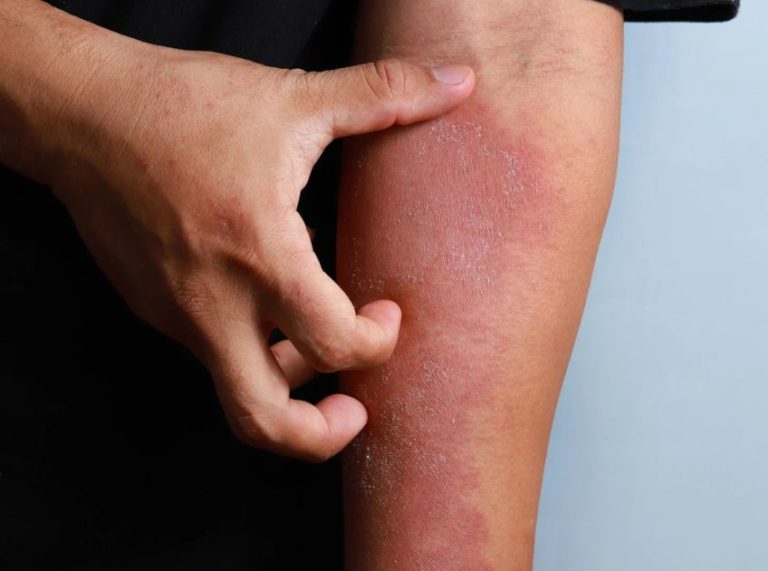
Important: This article is for informational purposes only. Please read our full disclaimer for more details.
Tired of constant muscle tension, poor posture, or unexplained aches? Somatic exercises might be the missing piece in your wellness routine. Unlike traditional fitness, somatic movement focuses on how your body feels from the inside out. It helps you reconnect with your physical sensations, reduce pain, and restore natural movement.
In this beginner-friendly guide, we’ll explore what somatic exercises are, how they work, and how you can get started—no special equipment needed.
Understanding Somatics: It’s More Than Just Stretching
Somatic exercises are slow, mindful movements that retrain the way your brain senses and controls your muscles. The word “somatic” comes from the Greek word soma, meaning “the living body as experienced from within.”
This method is based on neuromuscular re-education. That means it teaches your brain and body to work together more efficiently by releasing chronically tight muscles and improving movement patterns. Unlike typical stretching or strength training, somatic exercises are designed to restore internal awareness and control over your muscles—especially those affected by stress or injury.
The Science Behind Somatic Movement
Somatic education is grounded in neuroplasticity—the brain’s ability to change and adapt. Chronic muscle tension often develops from habitual stress responses, such as hunching over a screen or clenching during anxiety. Over time, these patterns become automatic and unconscious.
Somatic exercises work by using a technique called pandiculation, which involves:
- A slow, controlled muscle contraction
- Followed by a gentle, conscious release
- Ending in complete relaxation
This cycle teaches the nervous system to reset muscle tension. According to research in neuroscience and physical therapy, this mindful movement can help manage chronic pain, improve posture, and enhance mobility without forceful stretching or manipulation (1)(2).
Key Benefits of Somatic Exercises
Somatic exercises are subtle but powerful. Here’s what they can offer:
- Relief from chronic tension or back pain
- Improved posture and body alignment
- Better mobility and coordination
- Increased awareness of how you move and breathe
- A calmer, more relaxed nervous system
These exercises are often recommended for people dealing with fibromyalgia, TMJ, scoliosis, or postural imbalances from desk jobs or repetitive stress.
Who Should Try Somatic Exercises?
Somatic movement is safe for nearly everyone—including beginners, older adults, and those recovering from injury. It’s beneficial if you:
- Sit for long hours
- Have persistent muscle tightness
- Experience tension headaches or body fatigue
- Practice yoga, Pilates, or physical therapy, and want deeper body awareness
- Feel “disconnected” from your body or breath
This method is gentle and non-invasive. You won’t sweat, strain, or stretch beyond comfort. The goal is to move with awareness—not intensity.
How to Start Somatic Exercises at Home
You don’t need a mat, gym, or instructor to begin. All you need is a quiet space, a soft surface (like a rug or yoga mat), and 10–15 minutes. Here’s a sample beginner routine:
1. Arch & Flatten (Pelvic Awareness)
- Lie on your back, knees bent, feet flat.
- Inhale and gently arch your lower back.
- Exhale and flatten your back into the floor.
- Repeat slowly for 8–10 breaths.
2. Shoulder Rolls (Upper Body Tension Release)
- Lie on your back, arms resting.
- Slowly roll one shoulder toward your ear, then gently lower it.
- Alternate sides with intention.
- Repeat 8 times per side.
3. Cat Stretch (Whole Body Rebalancing)
- Lie on your stomach, head turned to one side.
- Slowly tighten the shoulder, hip, and leg on one side of your body.
- Hold for a breath, then slowly release.
- Repeat on the other side, 3–4 times per side.
Tips for Success
- Move slowly—speed hides awareness.
- Breathe naturally and stay relaxed.
- Keep movements small and mindful.
- Rest between exercises if needed.
Somatic Movement vs. Yoga or Stretching: What’s the Difference?
While yoga, stretching, and Pilates focus on flexibility or strength, somatic movement focuses on sensory awareness and neuromuscular re-patterning. You’re not trying to “stretch” a tight muscle—you’re teaching your brain to release unnecessary tension.
In somatic movement:
- There’s no forcing or holding poses
- Movements are internally guided, not externally performed
- The goal is resetting your body’s tension, not pushing limits
This makes it uniquely suited for those with chronic conditions or those recovering from trauma.
Expert Tips to Get the Most Out of Your Practice
- Stay consistent: Even 10 minutes a day makes a difference
- Practice in the morning to reset your nervous system before the day starts
- Use guided audio or video classes if you’re unsure where to begin
- Track changes in your posture, breath, and energy over time
Most importantly, treat somatic practice as self-care, not exercise. The benefits build gradually and deeply.
Frequently Asked Questions (FAQ’S)
Q1: How often should I do somatic exercises?
A. Start with 3–4 times a week. As you become more comfortable, even daily practice can be beneficial for ongoing pain relief and stress management.
Q2: Can I combine somatic exercises with yoga or strength training?
A. Absolutely. Somatic movement improves your body awareness, making other forms of exercise safer and more effective. It’s a great warm-up or cool-down tool.
Q3: Do I need an instructor to practice somatics?
A. While working with a certified Hanna Somatic Educator or Clinical Somatics teacher can be helpful, many beginner exercises can be done at home with guidance from trusted online resources.
Final Thoughts
Somatic exercises are a powerful yet gentle way to reconnect with your body, release stress, and restore ease in movement. For beginners, it’s not about how much you move—but how well you listen to your body while moving.
As you explore somatic movement, you may find not only relief from pain but a deeper sense of calm, presence, and balance.















